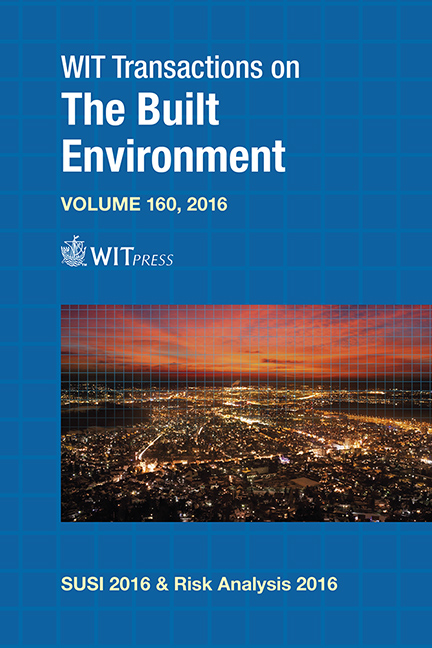A Comment On The Use Of Ballistic Limit Equations For Spacecraft Risk Assessment
Price
Free (open access)
Transaction
Volume
160
Pages
6
Page Range
21 - 26
Published
2016
Size
661 kb
Paper DOI
10.2495/SUSI160031
Copyright
WIT Press
Author(s)
W. P. Schonberg
Abstract
The fundamental components of any meteoroid/orbital debris risk assessment calculation are environment models, damage response predictor equations, and failure criteria. Response predictor equations typically take the form of ballistic limit equations (or BLEs) that define the threshold particle sizes that would cause the failure of a spacecraft component. When performing a spacecraft MOD risk assessment, the need for a BLE often arises for components where one doesn’t exist. In such cases, it is common to use an existing BLE after first equivalencing actual materials to the materials of the existing BLE. The question naturally arises regarding how close the predictions are of such an ‘adapted BLE’ to the response characteristics of the actual materials/wall configurations. A study was conducted to compare the predictions of a commonly used BLE when applied to a Soyuz wall configuration against those of a new BLE that was developed specifically for that wall configuration. It was found that the critical projectile diameters predicted by the new Soyuz BLE can exceed those predicted by the existing BLE by as much as 50 percent of the existing BLE values. Thus, using the adapted version of the existing BLE in this particular case would contribute to a more conservative value of assessed risk. This finding could have significant implications on the validity of other MOD risk values that were obtained using a similar process.
Keywords
ballistic limit equations, meteoroid, orbital debris, risk assessment





